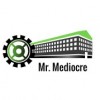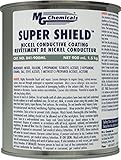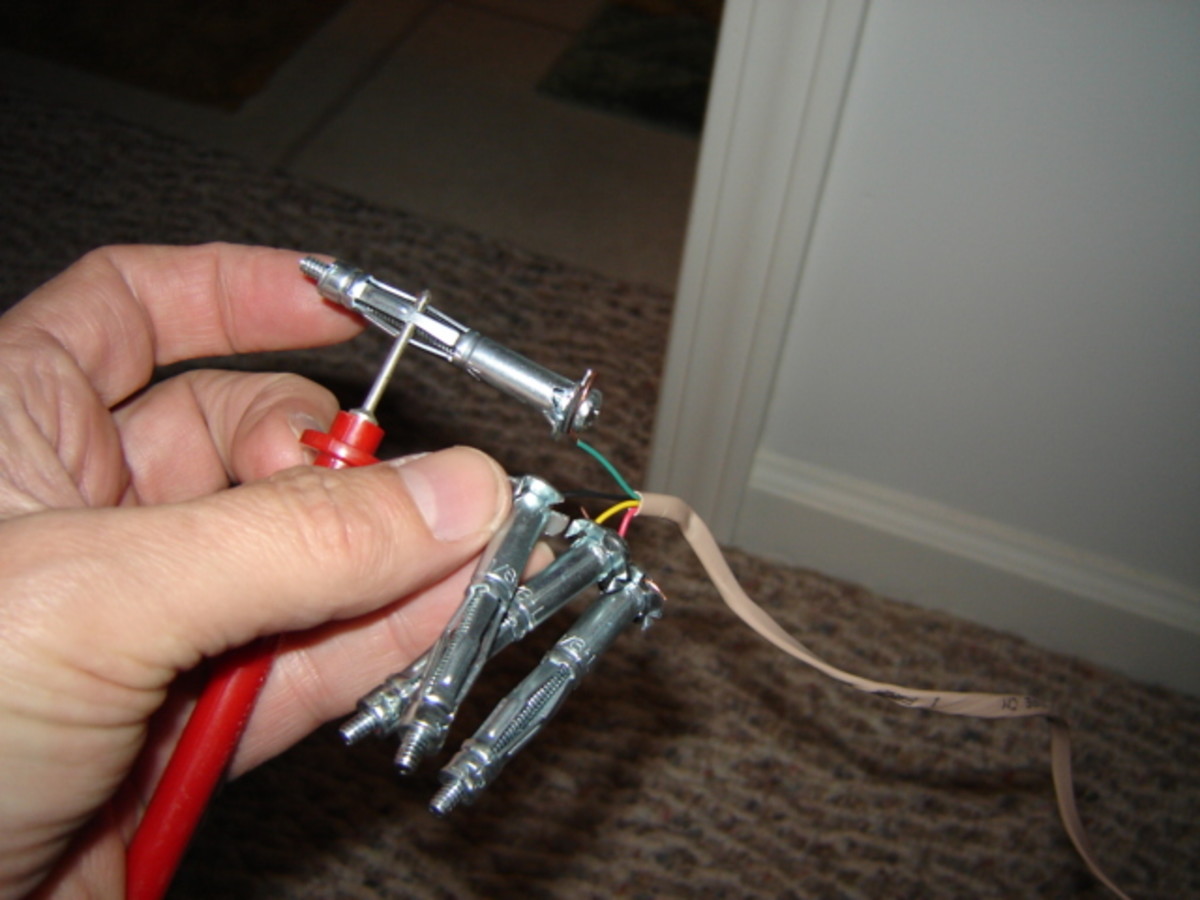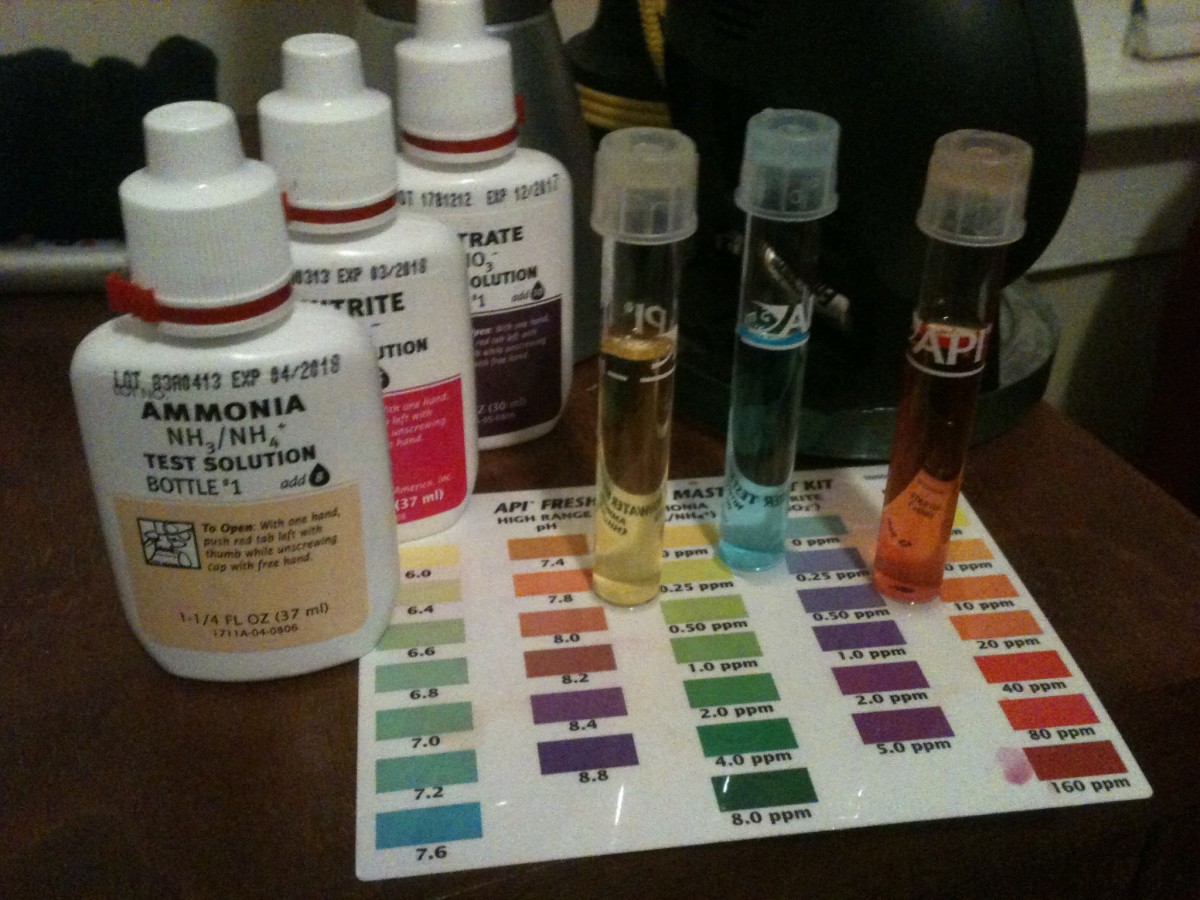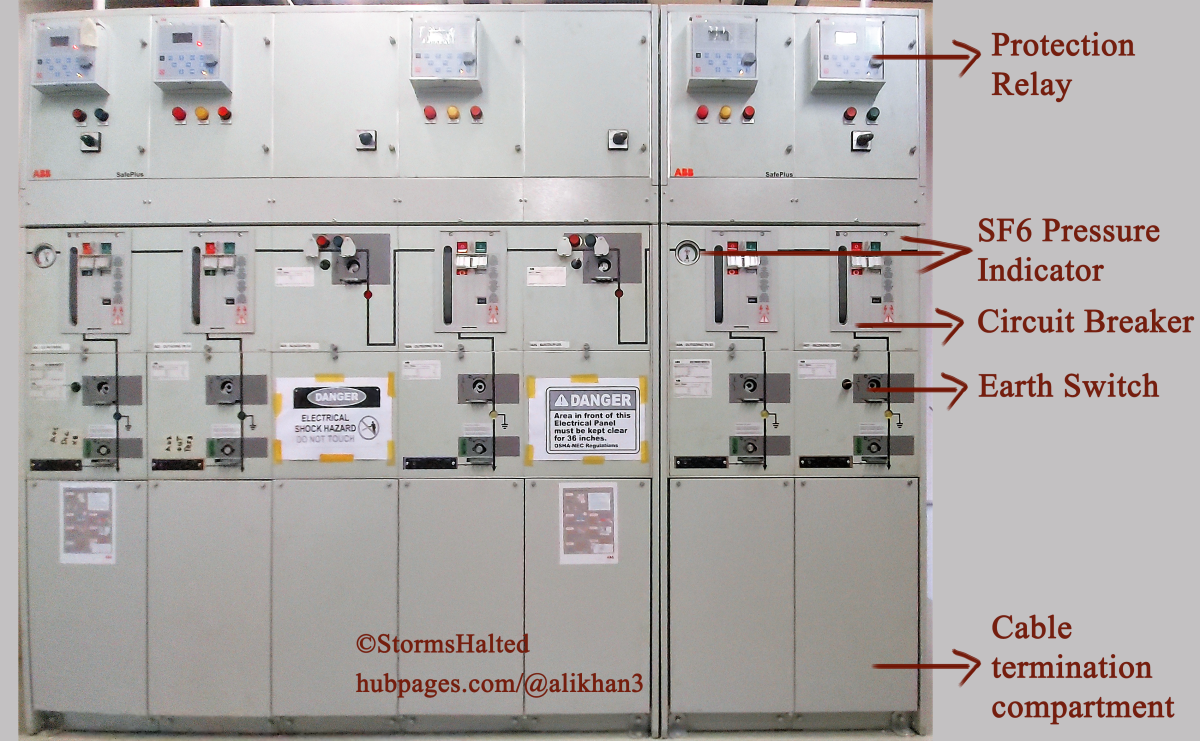How Well Can Nickel Aerosol Attenuate Noise?
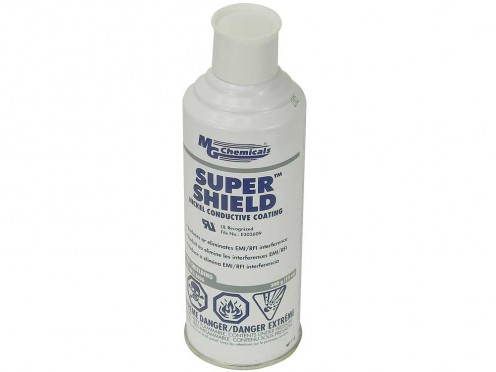
As a member of a team involved with electromagnetic compliance, I am always evaluating our test setups and looking into ways to enhance what is already in place. Recently, while researching ways to better perfect the shielding capabilities of our semi-anechoic chamber, I stumbled upon paint impregnated with nickel flakes. I had heard of utilizing this before on actual products as a method of shielding but never entertained the idea of using it as a part of a test chamber. As a test, I compared the nickel aerosol paint against nickel-zinc ferrite tiles under analogous conditions and measured how well each attenuated a similar signal with associated field strength.
(As a disclaimer, I have nothing to gain by this rudimentary study and am not promoting one material over another. The following simply notes my experiment and the associated resultant data. Both ferrite tiles and nickel-based paints have their individual shortcomings and features. The use of either is at the discretion of the reader.)
Nickel Aerosol Vs. The World
The semi-anechoic chamber in our facility is a three-meter room, comprised of nickel-zinc ferrite tiles which are adhered to sheet metal-lined walls. The chamber has always proven consistent and has given reliable pre-compliance test data for years, regarding both radiated emissions and immunity testing of our products.
Recently, however, I expanded the uniform field area which meant there would be more reference calibration measurement points toward the ceiling and edges of the room. As this testing was performed, I noticed that over the three meter distance in some spots of the chamber, the power required to achieve the same field strength was increasing more so than usual. This did not affect the test measurements as one-quarter of the sample points could be neglected as outliers, but there was still reason to investigate why the amplifier driving the signal was nearly saturated before a field strength of 10 volts per meter (V/m) could be read in at the measurement points.
Upon inspection, there were a few imperfections in the ferrite tile-lined walls of the chamber. Ferrite tiles were scored and broken as best as they could in some locations, leading to minor gaps and other discontinuities in the shield. For the Emergency Power off (EPO) and light switches, conduit, albeit in small lengths, ran into the room which resulted in more reflections. These were the only minor deficiencies throughout the room and nothing suggested that they were causing any issue but nevertheless, I examined them as potential issues.
The question of "what to do?" boiled down to a matter of practicality – do I score and cut new tiles in order to replace the old ones or do I look for an alternative? Do I find a way to place ferrites around the conduit or is there something more applicable?
A search on the internet led me to websites detailing aerosol spray paints impregnated with nickel flakes. Online specifications laid out the details: surface resistance per spray coat, aerosol properties, and shielding effectiveness amongst other items. The manufacturer data suggested that their product was practical for shielding applications, to which I became inquisitive. Is this product on par with ferrite materials I wondered. After ordering two cans of the aerosol paint, I anxiously awaited an opportunity to test them out.

Testing of the Spray
The cans of nickel aerosol spray that I purchased arrived with intimidating icons of flames, explosions, and skulls on the label, all of which gave the local safety manager a mild heart attack. I found them exhilarating and carried onward, noting the safety precautions and making sure the area was well-ventilated when the paints were being applied.
My initial test setup consisted of amplifying a signal and injecting it into the EMI chamber so that a 10 V/m field strength could be achieved at a specified location in the room. Using an isotropic field probe, an open-air measurement was taken; this way, I knew the values of the actual measured field strength over a range of frequencies from 200MHz to 1GHz. In order to do this, I utilized a calibration table from a previous test in which the field strengths at this particular position would happen to reach as high as 50V/m at certain frequencies. This test was also performed in the semi-anechoic chamber multiple times to ensure the data collected was accurate and repeatable.
The next step was to compare the shielding effectiveness of the nickel aerosol spray to that of a known, reliable substance. As a contrast, I chose 6.7mm thick, nickel-zinc, ferrite tiles utilized in our EMI chamber. The three significant reasons for this selection were as follows:
-
I already knew that these ferrite tiles were effective based on prior experience and data;
-
The chemical composition of the tiles included nickel, akin to the selected aerosol spray; and
-
They were the only things I had laying around.
With the help of one of my good lab technician friends, we built up two test boxes. One box was comprised of six ferrite tiles and the second one, a cardboard box, was sprayed with a single coating of the nickel aerosol paint. Other than natural gaps in the cardboard box’s construction and a small hole made for the isotropic field probe’s fiber optic communication cable, the box was fully coated.
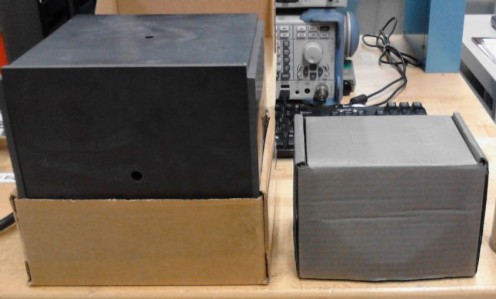
First, the isotropic field probe was placed inside the ferrite box and the reference signals used in the open air evaluation (derived from the same calibration files) were applied to the chamber. Data was collected and then the test was repeated with the isotropic field probe in the cardboard box covered in nickel aerosol paint. In each instance, the probe and its surrounding structure, whether that be the ferrite-tile lined box or the nickel aerosol paint covered box, were placed in the same position within the chamber as in the open air testing.
The first set of results was encouraging but seemed to indicate that the nickel aerosol paint was not completely covering the box with only a single coat applied. We went ahead and sprayed the box with a second (recommended) coat and again, the isotropic field probe was placed inside of the box, the fields were generated, and data was collected. The results from this test were much more indicative of a real-world application and also in line with what the manufacturer had suggested.
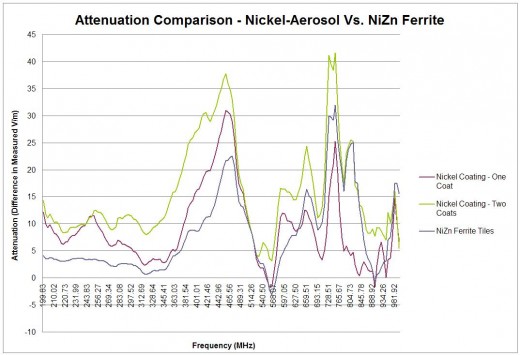
The aerosol paint, impregnated with nickel flakes, acted as a respectable shield with even a single coat applied. From 200MHz to approximately 610MHz, the single coat of this application was equivalent or better than the nickel-zinc ferrite tiles. From that point onward, when challenged with higher frequencies and smaller wavelengths, the ferrite tile appeared to have greater shielding effectiveness.
So, when I applied a second coat of the nickel paint, I expected an increase in attenuation at the frequencies below 600MHz but only marginal affects above that. Impressively, the simple addition of a second coating dropped the measured field strength across the board, attenuated the signals all the way up to 950MHz, at which point I believe the signals were entering the box by means of one of the seams. If only I had nickel-infused super glue.
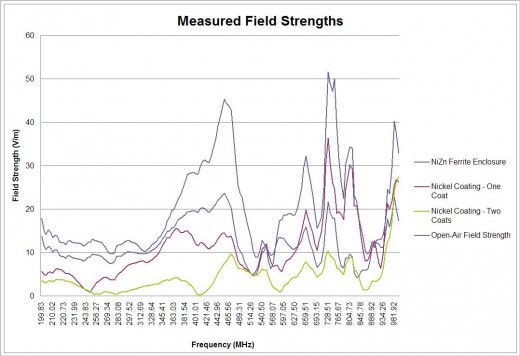
It was fascinating to note the immense difference between one coat and two coats of the product. One coat was probably fine for low level signals but two coats greatly increased the surface conductivity and were roughly equivalent to having a full-blown ferrite tile in place. Granted, these tests were done with nickel materials only but the results were substantial, regardless. Interestingly, the thickness of the materials differed greatly – the tile being 6.7mm thick and the two coats of nickel paint being a fraction of 1 mm thick – yet the data might imply that at these test frequencies, the depth of the material is secondary to the material and its reflectivity. It would be entertaining to see what multiple coats of the material would do as the surface conductivity starts to flat line at a specific level. I imagine spraying on five to six layers would be a fun experiment, but that seems impractical and if there’s one thing I am known for, its pragmatism.
Other EMI/EMC Related Articles by Mr-Mediocre
- Designing An Open Area Test Site (OATS)
Designing an Open Area Test Site, commonly referred to as an OATS, can be a challenging, complex, and mystifying experience. At the company I work for, we recently expanded our horizons and built our own OATS facility which included a year of team... - Why Use An EMF Meter When Ghost Hunting?
Ghost hunters like to implement EMF meters in their investigations but the reasoning behind their use, and the validity of the results, leave something to be desired. - Ways Electromagnetic Interference Couples
Electromagnetic interference is caused by a 'noise' source coupling to a victim circuit/conductor. Here we will briefly review the four coupling methods associated with EMI. - The Basis of Electromagnetic Interference (EMI): Electromagnetism
A look into what causes electromagnetic interference (EMI), how electromagnetic waves propagate, and why EM waves can be such a problem at higher frequencies.
Conclusion
In regards to my initial issue, after applying the nickel aerosol paint to some of the cracks, seams, and other slight discrepancies in the room, little to no change in the measured field strength (or associated amplification required) was observed. It would appear as though the increased amplification of the signal to achieve 10 V/m is more of an affect of the measurement point location and not unnoticed reflections in the chamber. As the measurements were made closer to the ceiling, naturally the ferrite tiles already in place absorbed more of the signal than would be seen in the center of the room.
So what do I make of all of this? It’s hard to say – nickel aerosol paint still has its economic drawbacks (it is not the cheapest stuff in the world) but its physical and electromagnetic parameters more than make up for it. Light weight, easily applicable, durable, and (most importantly) less gloomy, the nickel paint has done its part to convince me that it is at least a viable option, outside of potential budgetary concerns. Would an entire room with multiple coatings of this nickel paint act as a better shielded chamber than one lined with ferrite tiles? I cannot declare that based off of my limited observations but I can say that the paint does attenuate signals with some rather prominent field strengths.
